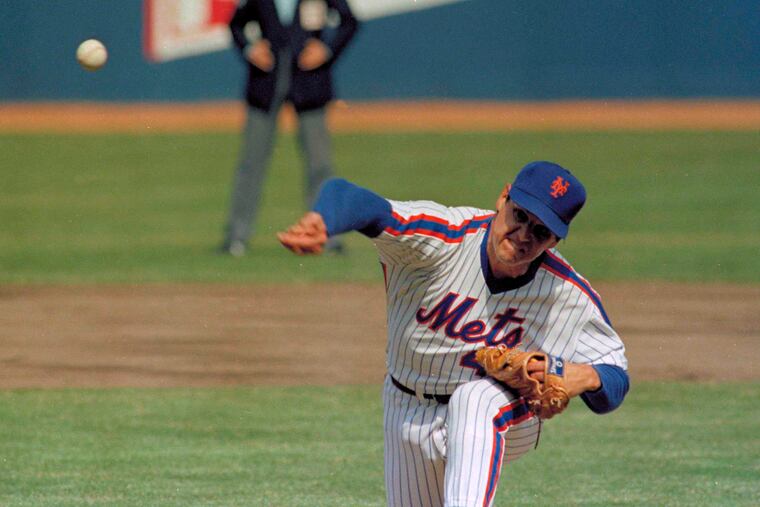Tom Seaver dies at 75; the Hall of Famer almost became a Phillie in 1966
Tom Terrific died on Monday. The Phillies had a chance to sign him, but the Mets won a three-team blind draw out of a hat.

Tom Terrific died on Monday. The Phillies had a chance to sign him, but the Mets won a three-team blind draw out of a hat.
